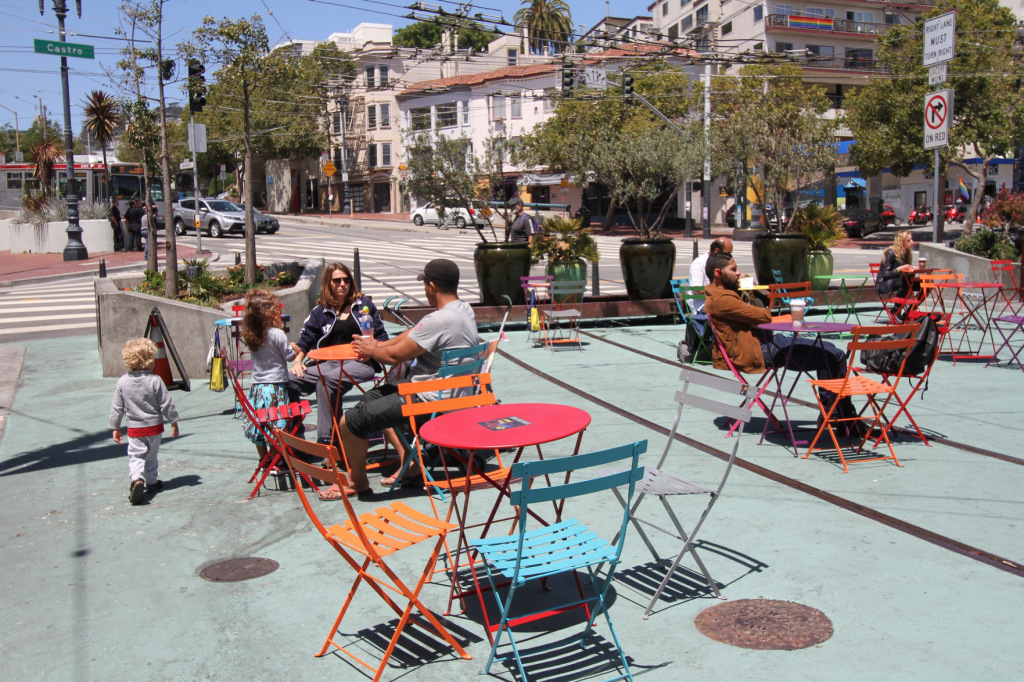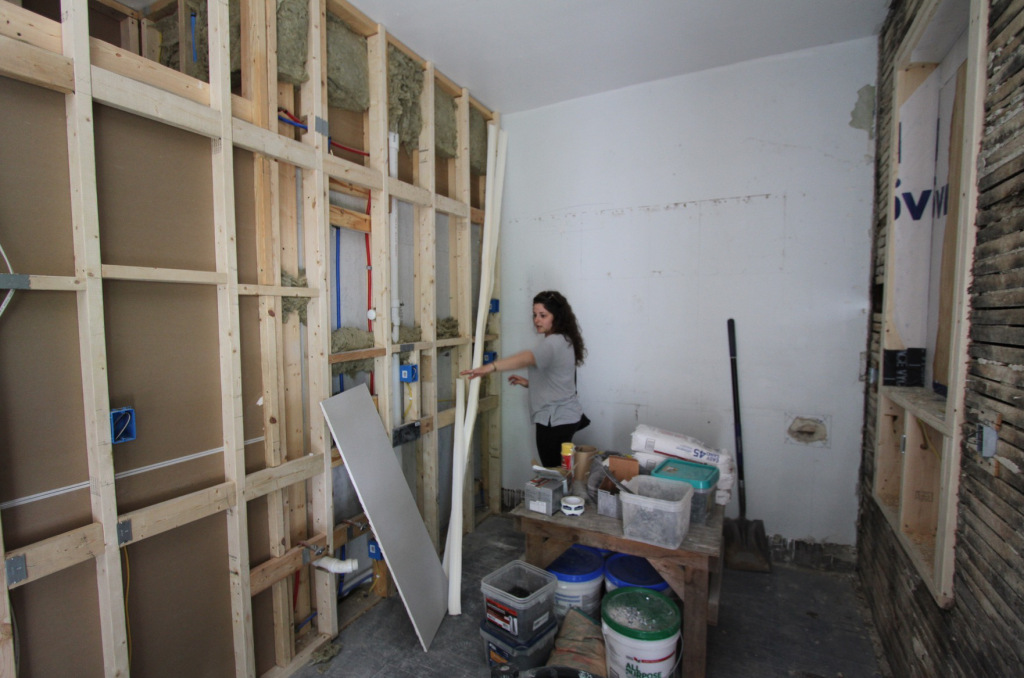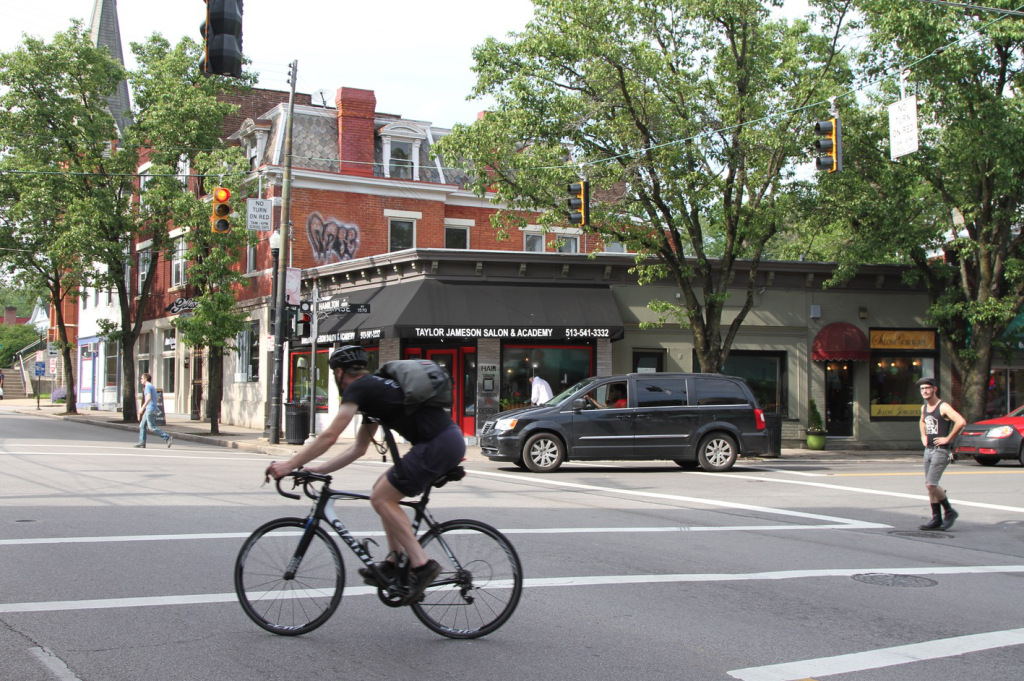A Strong Towns Crash Course
Strong Towns is a movement confronting the decline that’s baked into the American development pattern and offering a way forward that creates more successful, prosperous communities.
If you're new to this space, welcome. Here are 5 steps to help get yourself acquainted with our message and our movement. I guarantee that any one of these items will get you thinking about your city in a totally new way.
1. Explore the Curbside Chat.
Start your journey with the Curbside Chat. It's our core message, summarized in a series of videos and articles. The Curbside Chat clearly lays out the problem with the American pattern of development, and why a different approach is both necessary and, indeed, the only way forward if we want to build productive, prosperous communities. Explore the series below.
2. Learn about the Growth Ponzi Scheme.
Once you've whet your appetite with the Curbside Chat, you'll probably be a little fired up. But what if we told you that all the unproductive growth you see when you look around your town is only the tip of the iceberg—and underground, things are even worse? The Growth Ponzi Scheme series give you a chance to dig deeper into why our nation's infrastructure crisis is so urgent—and not in the ways you may think. Don't have time to read the whole thing? Here's a short summary essay.
3. Take the Strong Towns Strength Test.
Want to figure out what your town is doing well and where it needs to improve in order to be a strong town? Take the Strong Towns Strength Test. It's 10 questions that will not only make you think about the way your community is built, but also show you how to build it better.
4. Find out the real reason your city has no money.
Prepare to have your mind blown by just how screwed up the typical American city's land use is and what massive impacts that has on our local budgets. Read this short but powerful article to get the full story. Then check out Part 2: Poor Neighborhoods Make the Best Investments.
5. Keep going with all our best content.
If you've gotten this far down the list, thanks! We're glad you're digging deep in the Strong Towns message. You can find all our top articles from the last several years right here:
(Top photo source: Daniel Case)










For thousands of years, humans built settlements scaled to people who walked. In a generation, Americans transformed an entire continent around a new transportation technology. We often fail to appreciate how we are testing this approach as we go. Quite simply: it's a massive experiment.